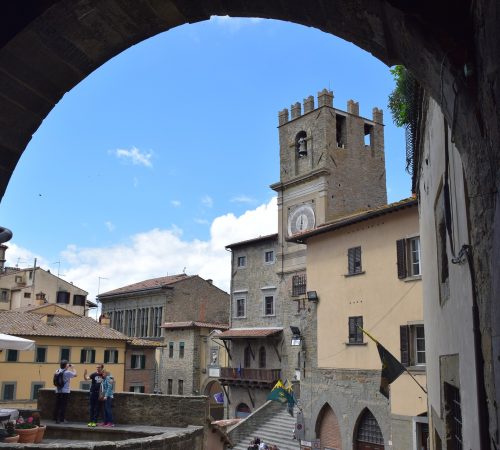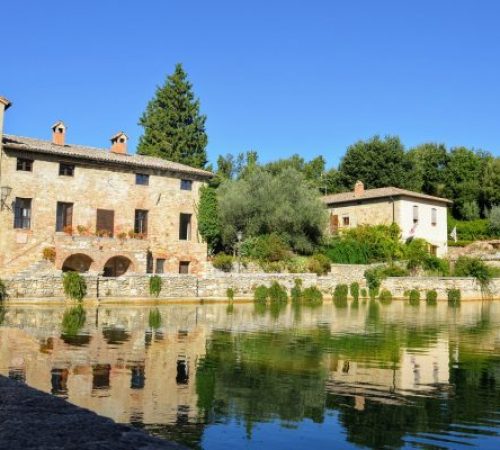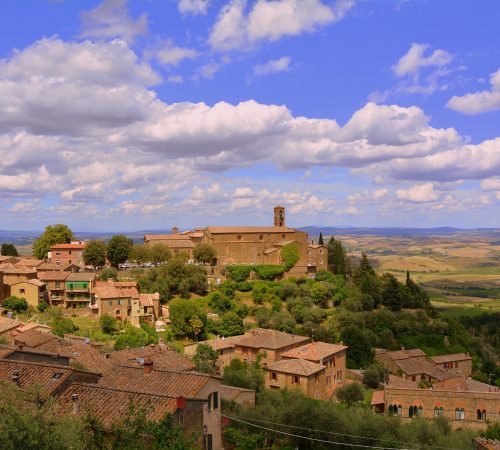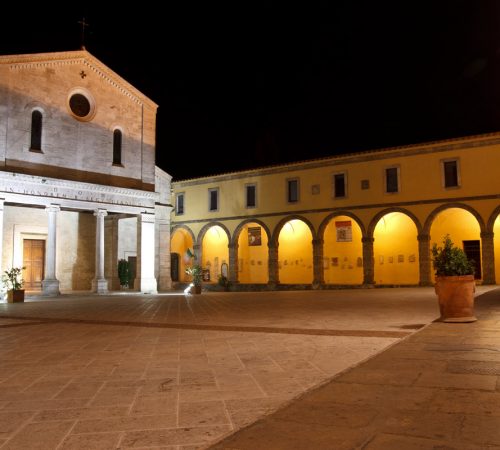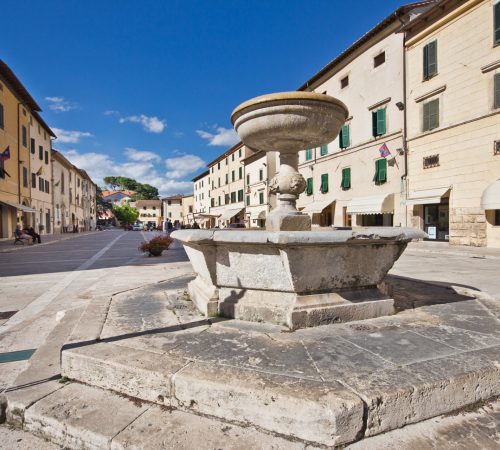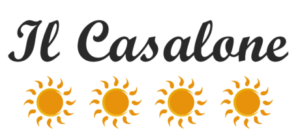
Pienza
Originally “Castello di Corsignano”, Pienza took its current name in honor of Pope Pius II Piccolomini, who started the restructuring in the second half of the 15th century with which the utopian image of an ideal city tended to be realized. The whole village is a small jewel to see, but in particular it is necessary to stop in the Cathedral, which collects works by Giovanni di Paolo, Matteo di Giovanni del Vecchietta, by Sano di Pietro; there is also a marble altar attributed to Rossellino, the architect who was commissioned by Pope Pius II to redesign the city.
Adjacent to the Cathedral is the “Diocesan Museum”, where it is possible to admire works from the school of Sodoma and Sano di Pietro, Flemish tapestries from the 15th and 16th centuries. A few meters away is the beautiful Palazzo Piccolomini, built on a design by Bronzino and Beccafumi. The enchanting landscape of the “Val d’Orcia Natural and Cultural Artistic Park” develops downstream from the village, with gullies, undulating fields and the famous Cretaceous cliffs.
